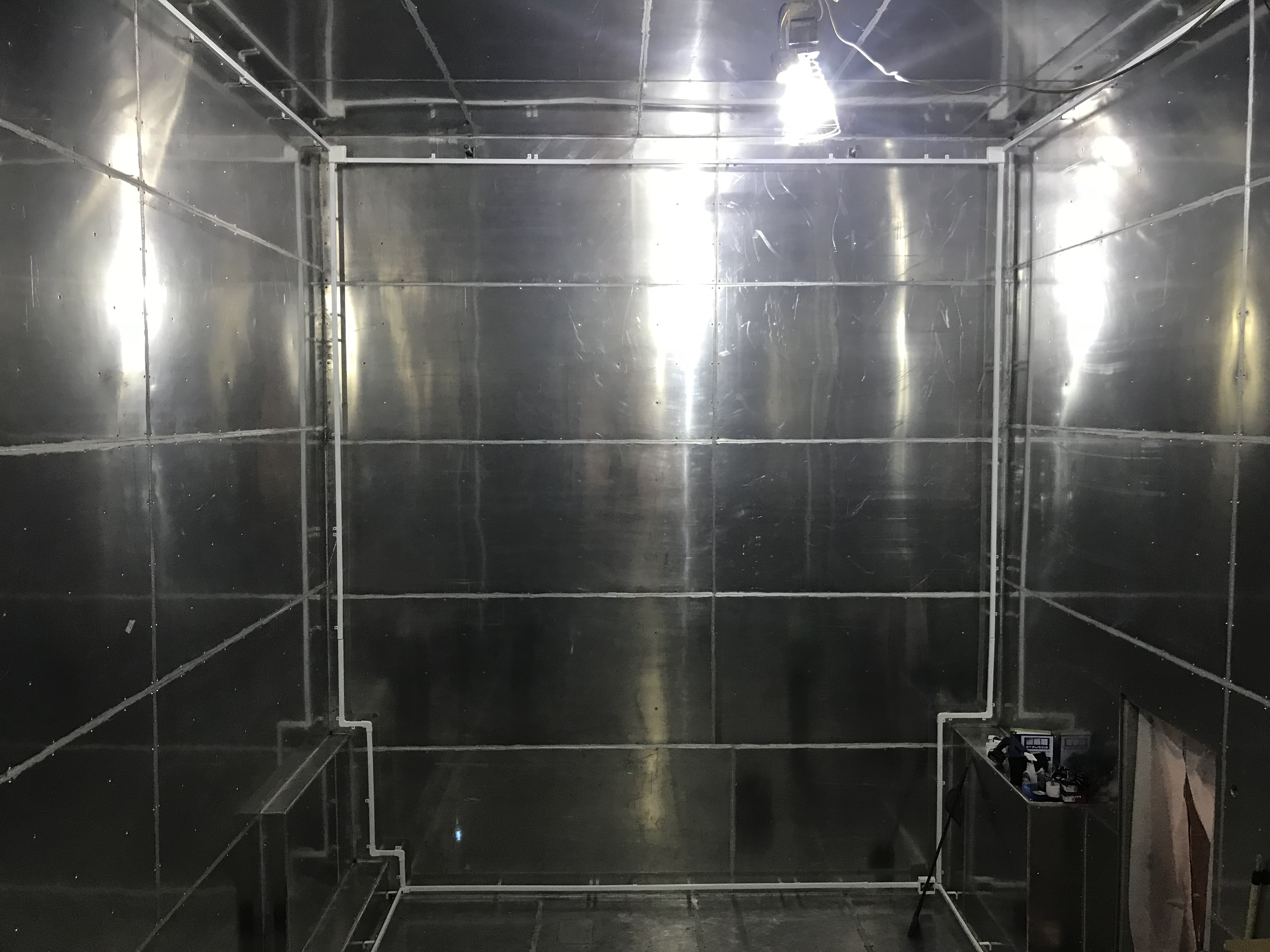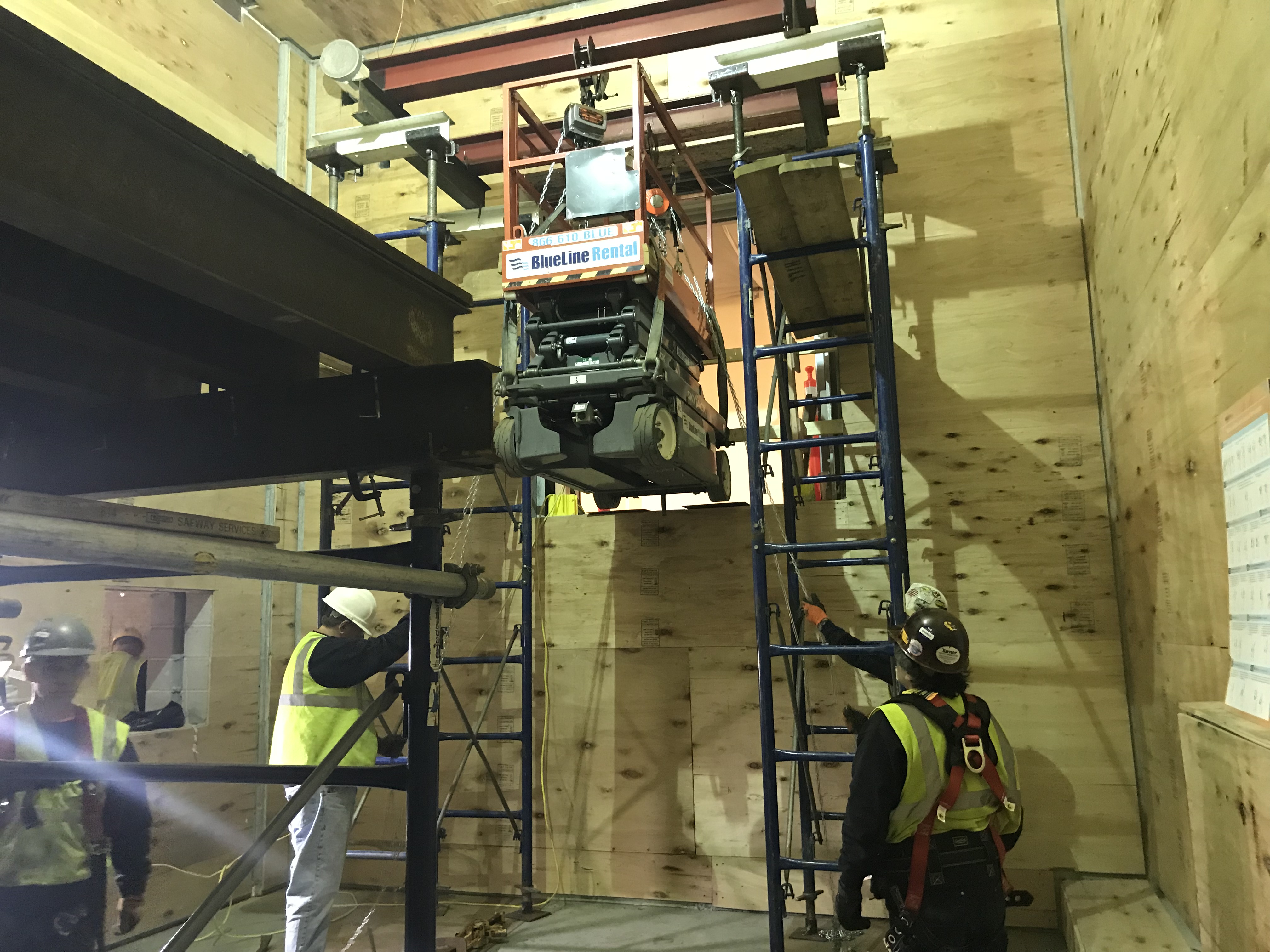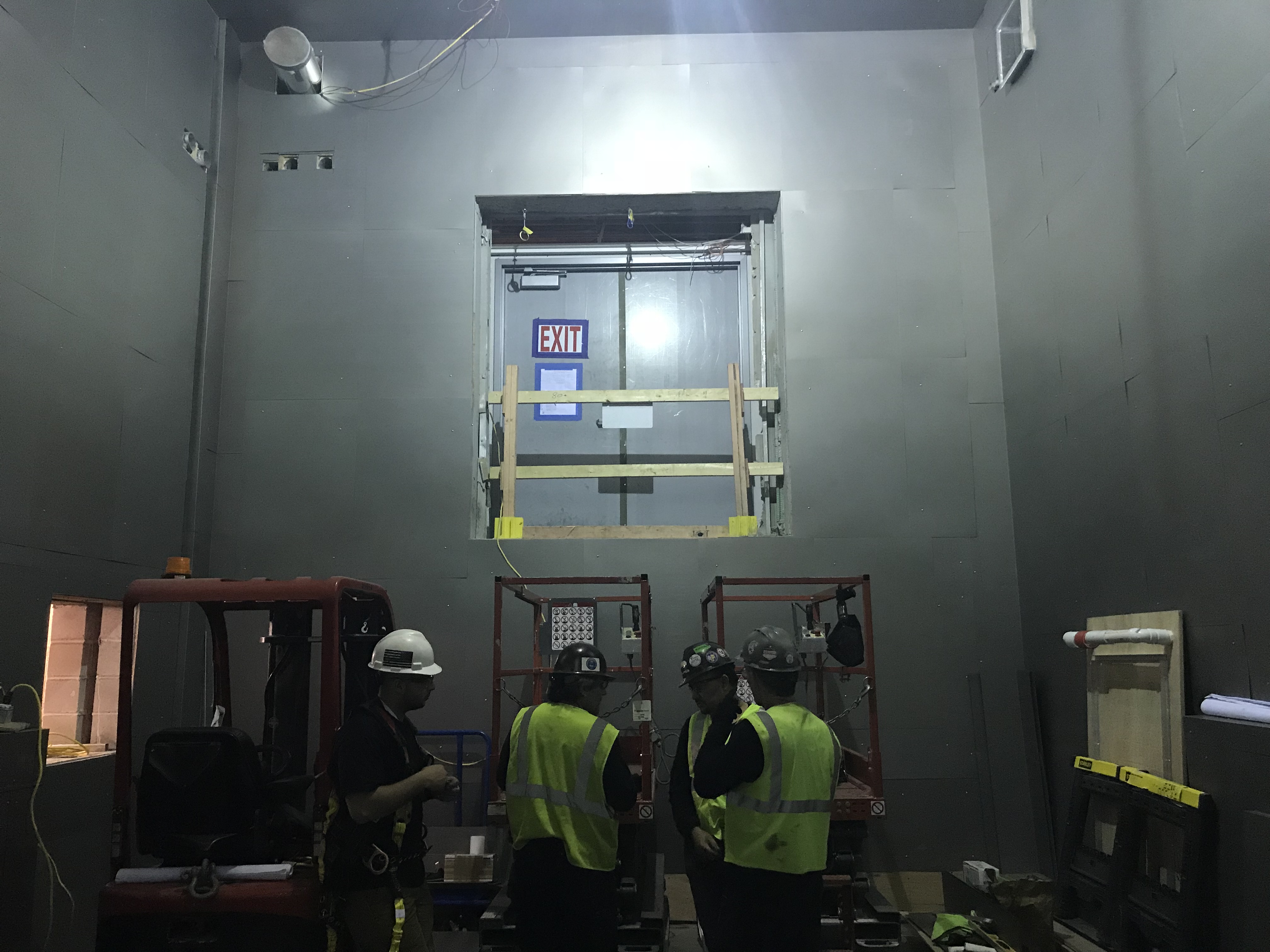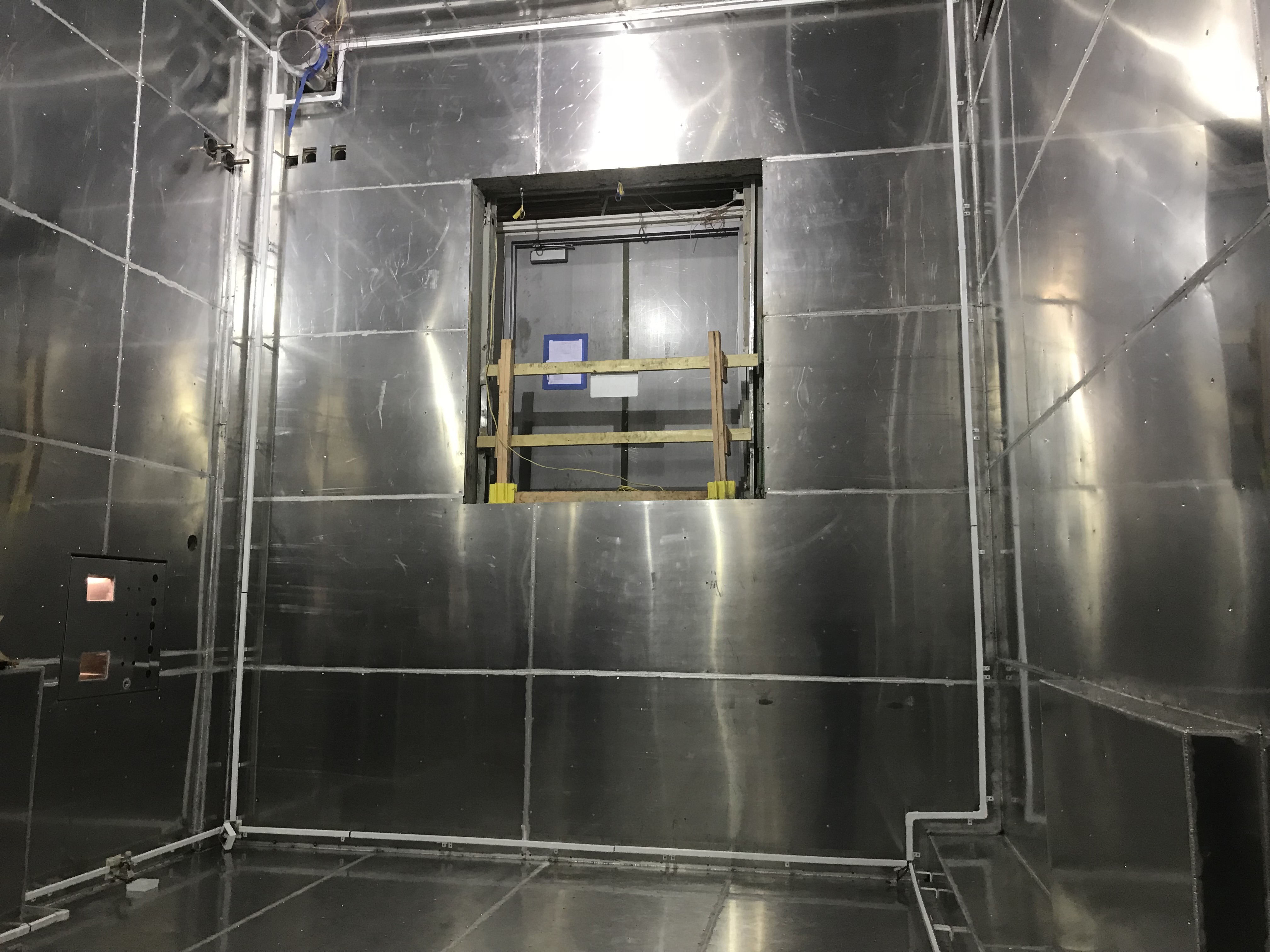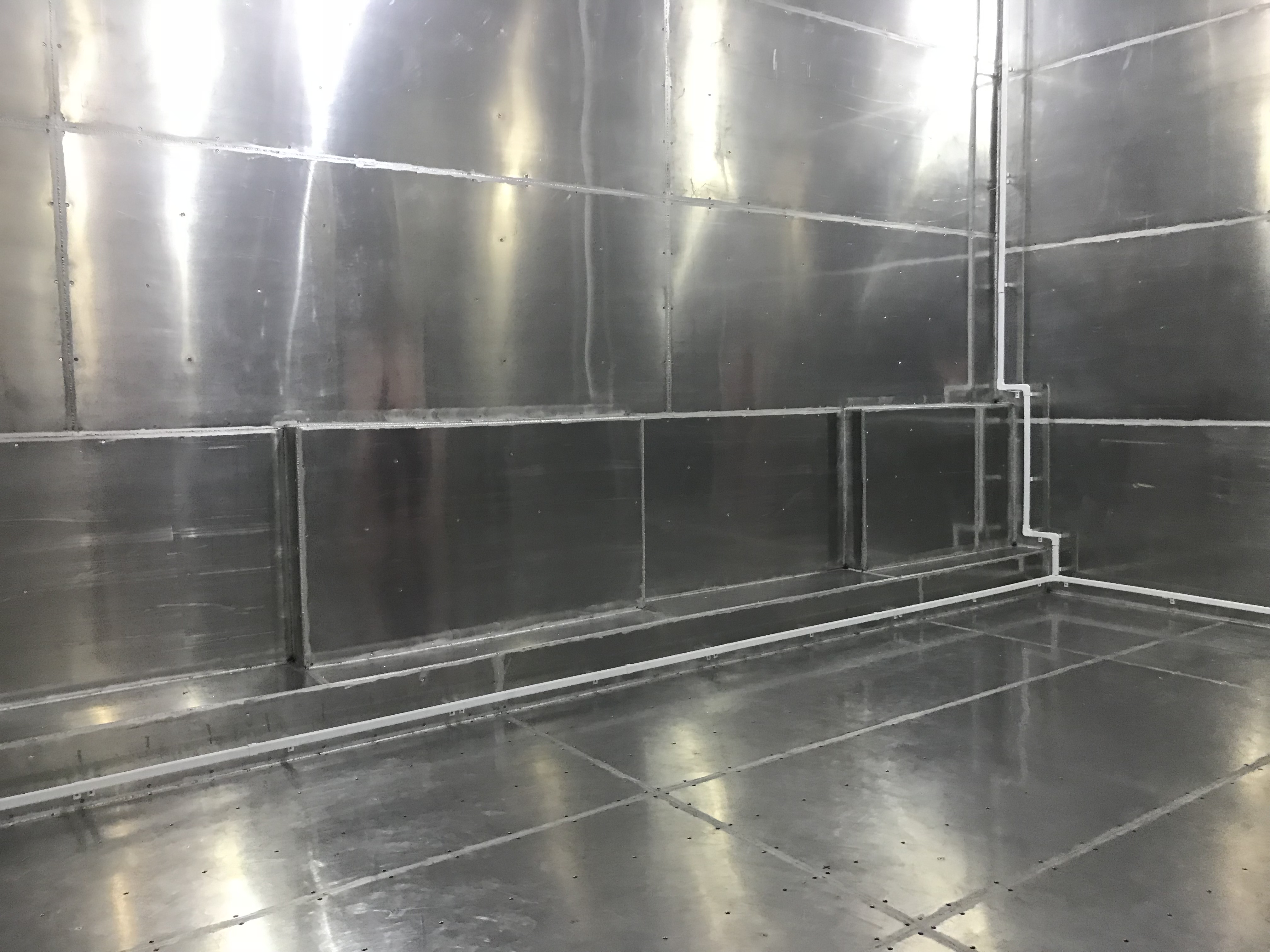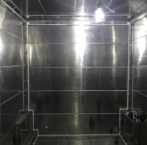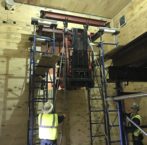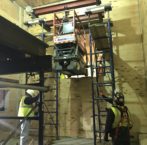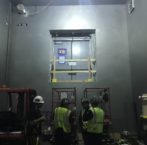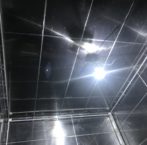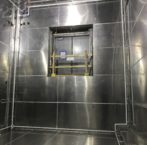Harvard University – LISE – Center for Nanoscale Systems (CNS) Project
Harvard University – LISE – Center for Nanoscale Systems (CNS):
FMS was engaged as the project’s EMI Consultant by the project architect (Wilson Architects) to conduct an electromagnetic field (EMF) analysis in an existing laboratory (shell space) located in the basement level of the Harvard CNS facility. Design plans called for a new Hitachi – Scanning Transmission Holography Electron Microscope (hereafter STHEM) instrument, to be located within this space. Because of the instrument manufacturer’s strict environmental siting requirements for magnetic fields, the project team was concerned that the planned instrument may be subject to varying degrees of electromagnetic interference (EMI) from sources both external and possibly internal to the facility, once the laboratory fit-out is complete.
FMS conducted a design document review and conducted extensive 3-Dimension computer simulation studies to evaluate EMF emissions from the building’s electrical distribution, mechanical and other systems. Geomagnetic and Quasi-DC field levels were also analyzed with respect to the nearby train systems, elevators, and copious research magnetics currently in operation in the facility. Utilizing the computer simulation data, FMS identified the potential EMI risks due to the identified EMI sources. To mitigate EMI threat concerns, FMS worked alongside the design team to integrate several emission reductions strategies into the overall design.
Furthermore, FMS, working in tandem with general contractor (Skanska), developed and installed a robust multi-layered AC ELF and Quasi-DC shielding scheme inside the imaging suite to mitigate EMI threat conditions to acceptable, low magnetic field levels.

Over its 20 years, FMS has successfully completed hundreds of EMI projects which included a diverse range of consulting and mitigation services.
Take a look at a list of the markets we serve »
